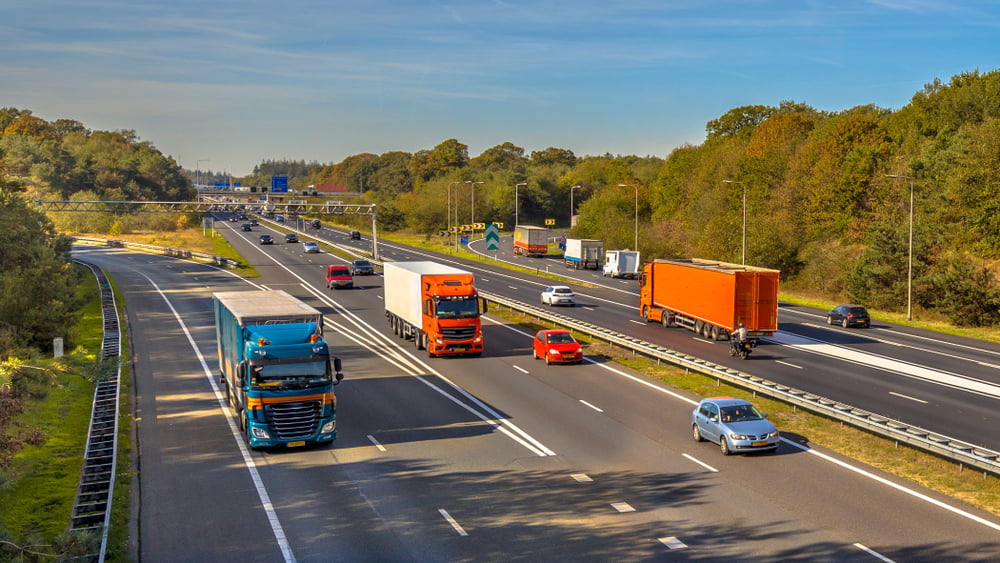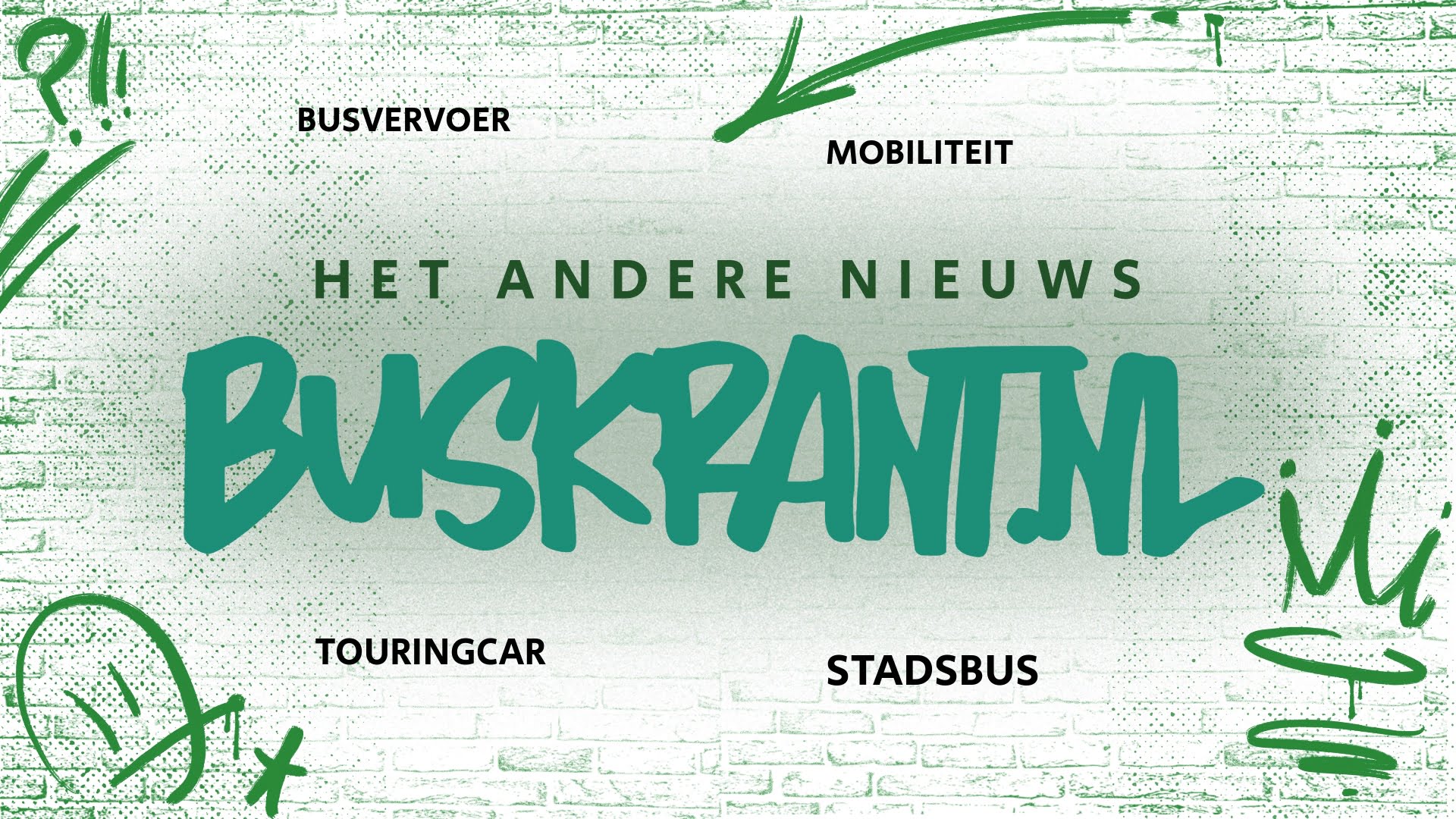For the time being, the current zero-emissions policy in the transport sector is not helping to reduce CO2 emissions.
According to the Netherlands Environmental Assessment Agency, the Netherlands is heading for a CO2 reduction of 39 to 50 percent by 2030. If scheduled plans are also included, this could rise to 41 to 52 percent. For the time being, the current zero-emissions policy in the transport sector is not helping to reduce CO2 emissions.
The large-scale zero-emissions business model is not economically viable in the short term due to the high cost price compared to fuel engines. In the longer term, the charging infrastructure is the bottleneck. In the meantime, the task for the sector is gigantic and the bar is constantly being raised.
In 2, the CO2021 emissions of lorries and tractors will be about a quarter higher than in 1990. The CO2 emissions of vans will even more than double between 1990 and 2021. Due to the large number of online orders, the transport performance of delivery vans has increased considerably. This has ensured that the previously realized fuel savings in transport have been completely canceled out.
Now that it is clear that the target of 60 percent CO2 reduction will probably not be achieved, the responsible minister links the achievement of this target to plans on the agenda. This means that policymakers must now dare to take a broader view. For example, by embracing and stimulating CO2 savings that can be realized in the short term, while also working on zero-emission solutions. This therefore requires a different way of thinking, looking at the entire playing field with an open mind.

There is still a lot of untapped potential to reduce CO2 emissions in the transport sector. Due to legislation or other focus, this potential is hardly used. This is evident from a recent study by ING and TVM. Partly because renewable gas (bio-LNG) and biofuels (HVO, FAME, biodiesel) are no longer in the picture as a final solution (more than 80 percent reduction, but still not zero emissions), which means that the stimulation has stopped.
There is also untapped potential in fuel-saving measures that are hampered by legislation and regulations, such as opting for technical improvements through aerodynamic applications, electrification of trailers, and plug-in hybrids in combination with biofuel. The same applies to efficiency improvements, such as increasing the transport volume by using long heavy vehicles.
Change can only be achieved if all stakeholders work together and share knowledge. There is also a role for policymakers to create the right frameworks. So that it does not just stop at making plans, but also leads to feasible actions to actually reduce CO2 emissions. This will help the transport sector to (further) get started with CO2 reduction, according to Machiel Bode, sector specialist Transport, Logistics and Mobility, ING Sector Banking.



